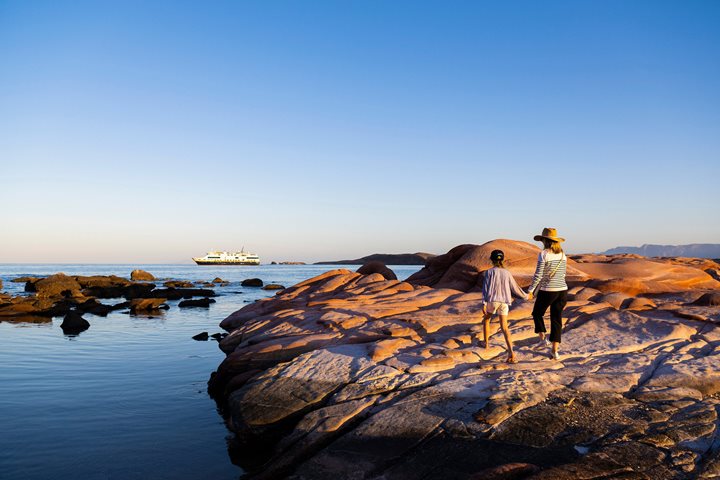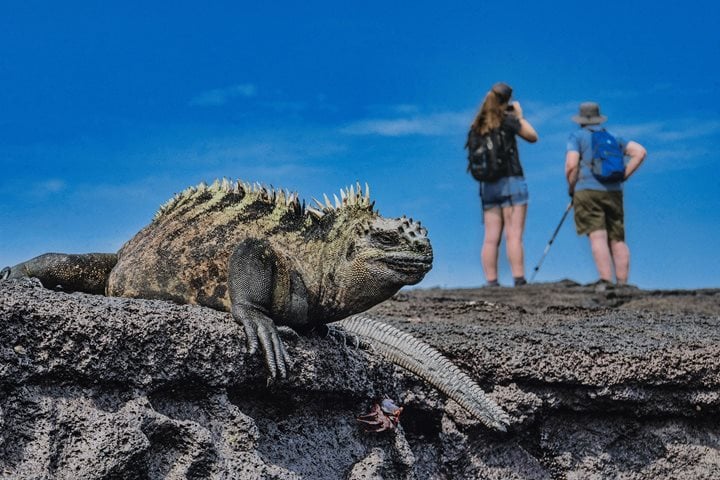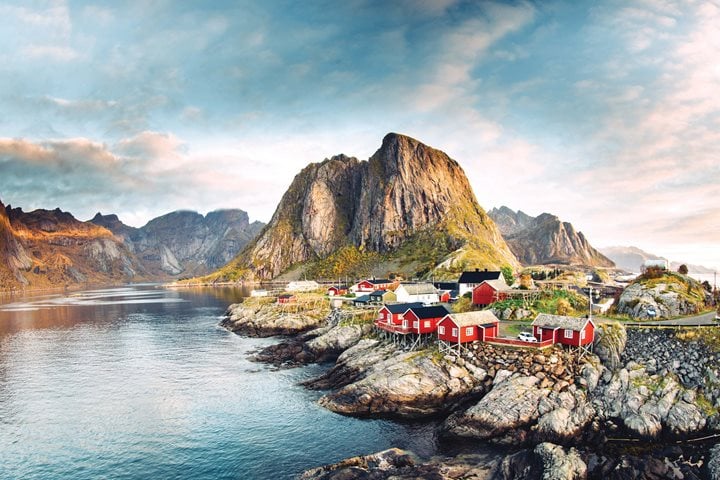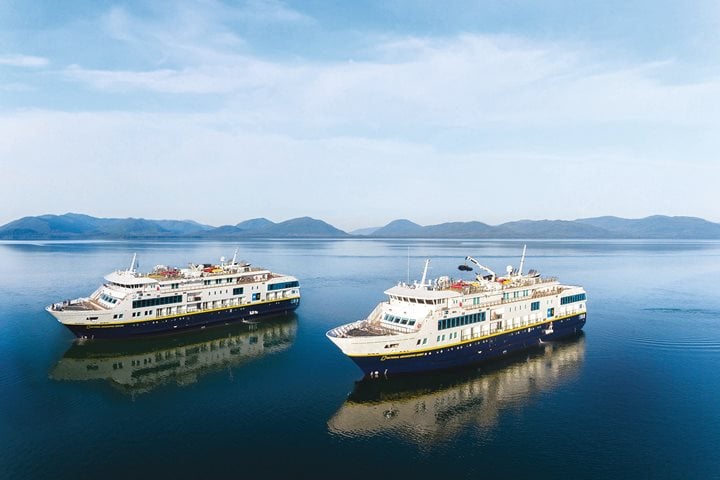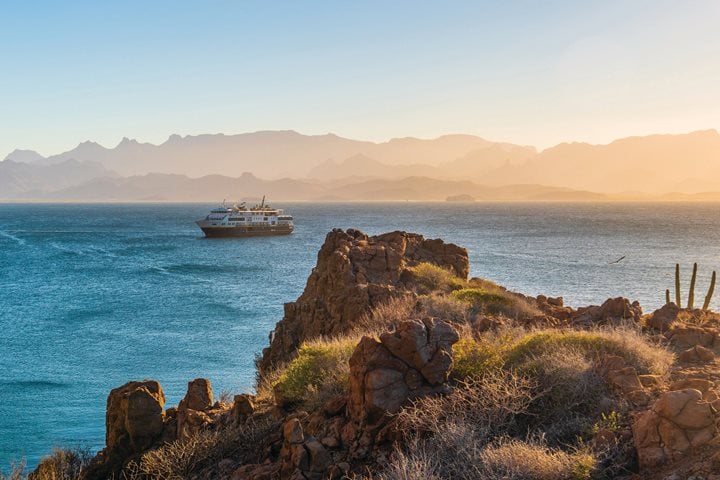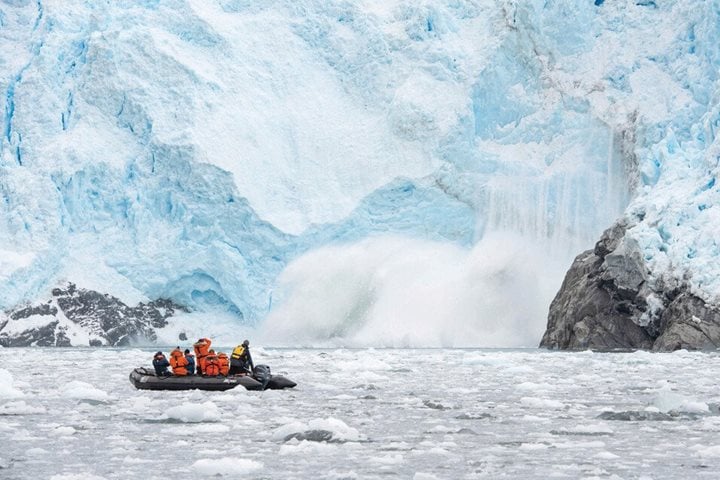Call +1.800.397.3348 or contact your travel advisor
Featured Articles
10/15/2025
8 Min Read
Oddities of Evolution: 8 Fascinating Facts About Galápagos Wildlife
In Brief
10/8/2025
6 Min Read
Experience Europe from a Different Perspective
8/22/2025
5 Min Read

